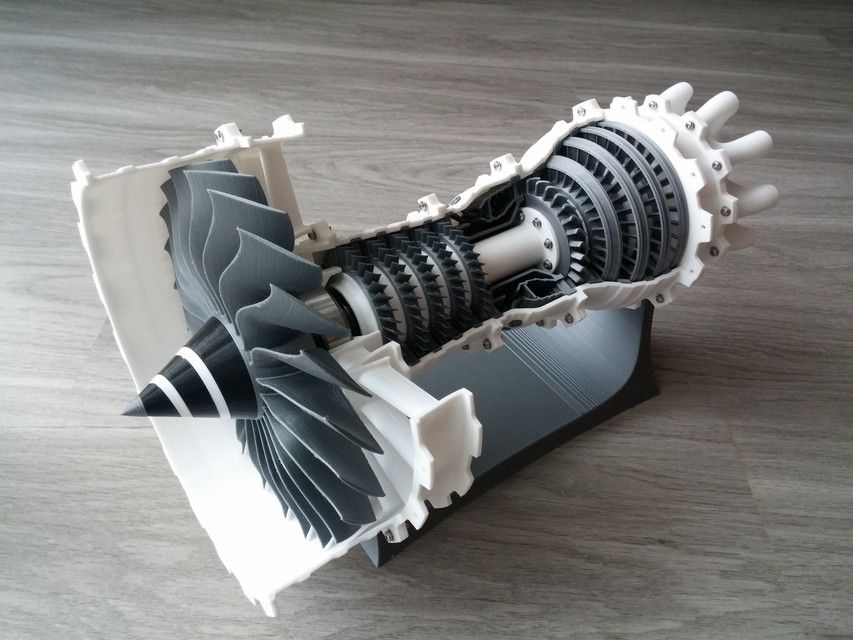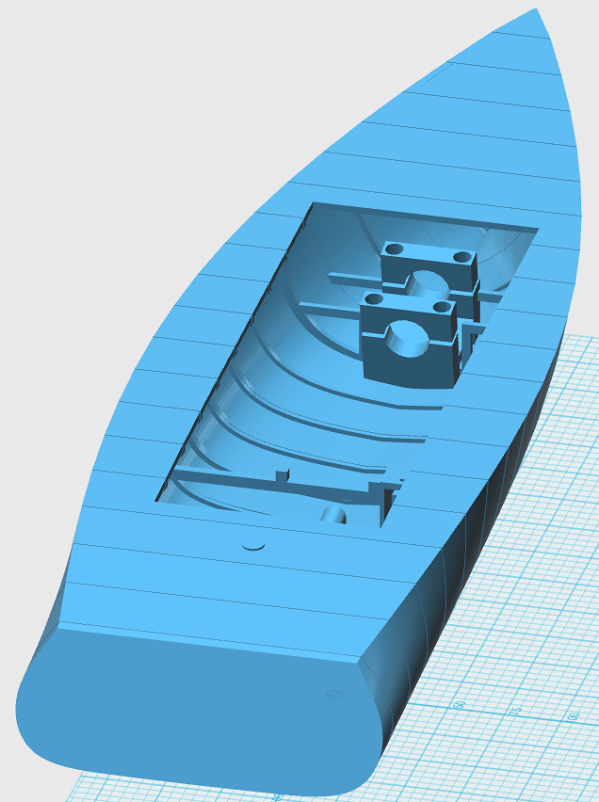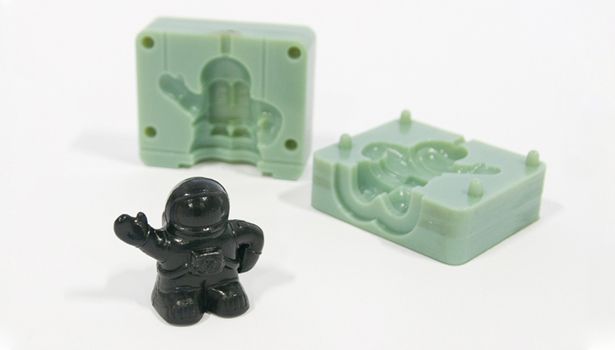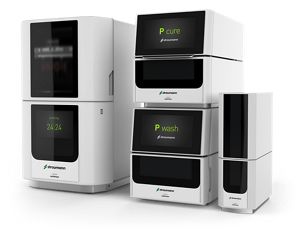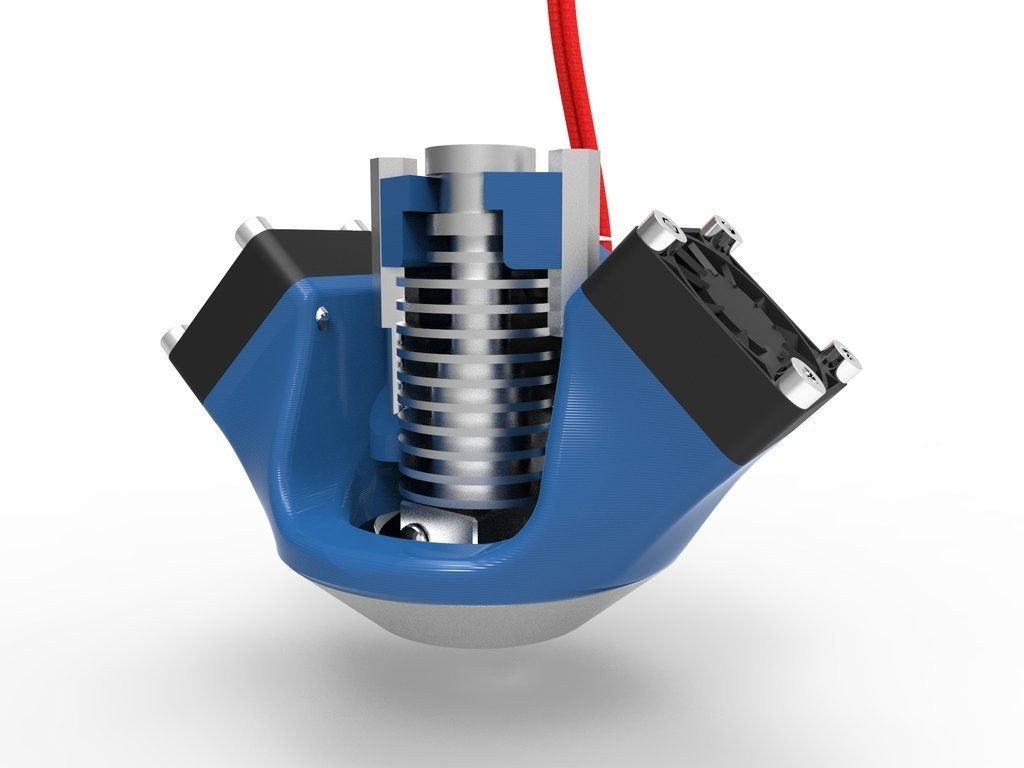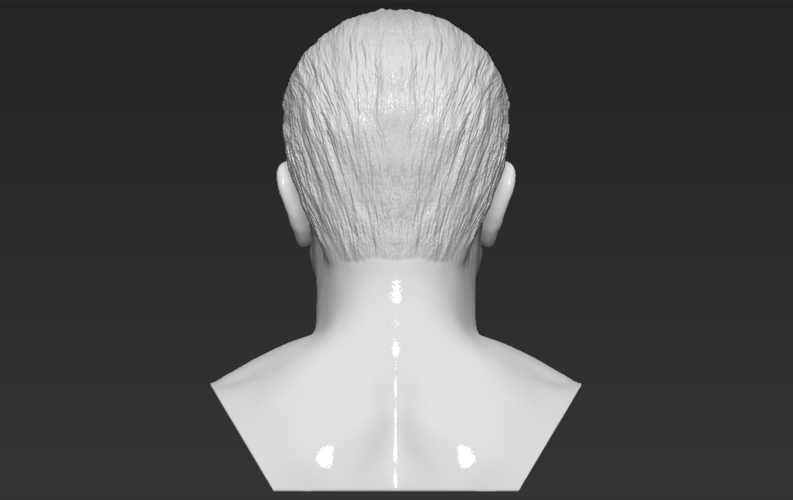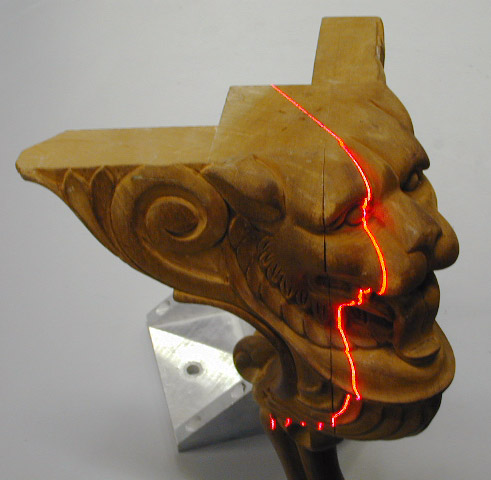3D printing prototype
How to improve your manufacturing process?
3D Learning Hub
See all categories
Contents:
- Introduction
- What are the advantages of 3D printing prototypes?
- How to 3D print prototypes
- What materials should you choose to 3D print your prototypes?
Introduction
What are the advantages of 3D printing prototypes?
Create various iterations
3D printing gives you more freedom than any other manufacturing technique. As your object is created from a digital 3D model, using a 3D modeling software, you can easily create all the designs you want, from the most simple to the most intricate ones. It is possible to create any project from scratch, get a good visualization, and to adjust your 3D model whenever you want to.
Thanks to 3D printing, you can give life to your 3D model, such as an STL file, by printing it to create a prototype or even a final product. But let’s focus on the prototyping process: 3D printing is really convenient as you don’t have to create a whole mold for each iteration of your project. You are free to make different iterations, so the prototype can perfectly match your expectations for the final product.
Save money
Compared to traditional manufacturing techniques such as injection molding, additive manufacturing is much cheaper. But why? First, as we’ve just said, when using 3D printing, you don’t have to create a mold to create your object, which is a significant advantage. Time and money are precious for your company, that is why 3D printing is helping you to go straight to what is essential to you.
Time and money are precious for your company, that is why 3D printing is helping you to go straight to what is essential to you.
Save time
With 3D printing, you can do as many iterations as you need. Moreover, the process itself is quite faster. Instead of the creation of the mold and waiting for the whole injection molding process, additive manufacturing skips these steps. This manufacturing technique is perfect for rapid prototyping and can help you accelerate your whole product development.
Run tests with functional prototypes
Thanks to the variety of 3D printing materials now available on the market and our online 3D printing service, it is possible to access advanced materials. While many materials are adapted for production, they can also be used for your prototyping process. Indeed, if you need to run tests, these materials will allow you to make the most of the impressive properties to manufacture advanced functional prototypes.
How to 3D print prototypes
Are you ready to use additive manufacturing to develop your prototypes, but you don’t know how? Using an external 3D printing service is the perfect solution.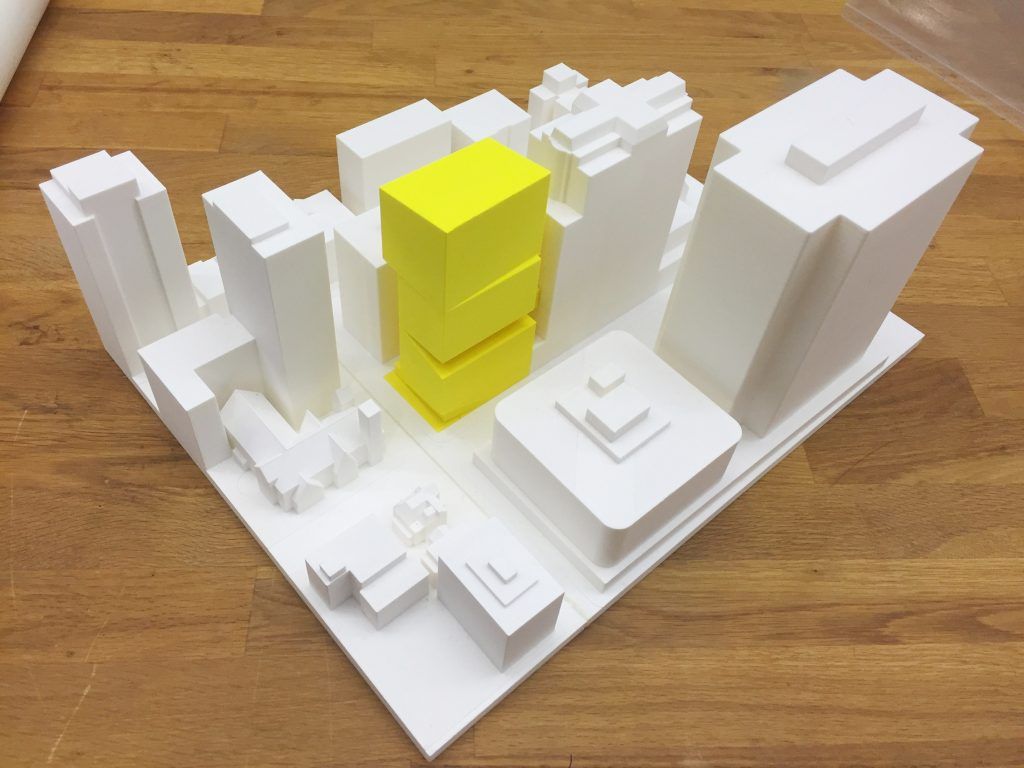
If you are looking for the most cost-effective technique to manufacture your prototypes, it is clear that investing in professional 3D printers is not part of your plan, and desktop printers leave much to be desired in terms of quality. Using a service such as Sculpteo will give you access to industrial technologies and materials, but you will also benefit from the advice of our 3D printing experts. They will help you implement 3D printing in your strategy and answer all your questions.
It is important for us to help our customers to improve their manufacturing process and their whole prototyping process to get the best products in the end. We have a 3D printing solution for all kinds of projects, from models for architecture to prototypes for mechanical parts, there is a material on our 3D printing service that will meet your expectations.
The process is simple: once your 3D model is ready, you just need to upload your 3D file on our platform, you will get an instant quote and receive your 3D printed prototype in a few days! But before that, here are the first steps you need to take in order to successfully 3D print your prototypes.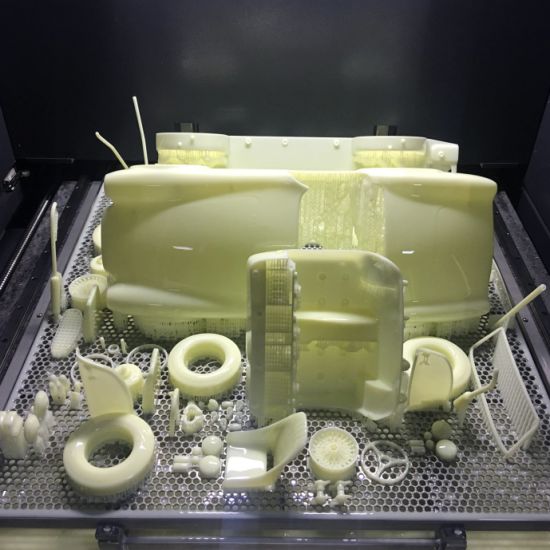
What materials should you choose to 3D print your prototypes?
What do you have to check first?
While using an online 3D printing service such as Sculpteo to improve your prototyping process, you can access a wide range of materials and technologies, with different properties and prices. But while choosing your material for prototyping you will have to check various aspects.
The price
It is certainly the most important point for your company. How to reduce costs but still improve your manufacturing process? For example, if you need to create a metal object, making your prototype with plastic will be quite interesting. Indeed, it would be more cost-effective to begin the early prototypes with plastic and then shift to metal 3D printing for the final validation. Choosing among the different plastic materials and the various options will help you to find the most economical solution for your prototyping project.
The accuracy and the quality of the material
A prototype is a way to get a perfect overview of the project to spot the last problems. You certainly want to create a functional prototype. That is why, if you have a complex project or an object with an elaborated design, be sure to check that the material and 3D printing technique is precise enough to help with your prototyping process. However, you obviously have to keep in mind the mechanical properties of the final material that you will use.
You certainly want to create a functional prototype. That is why, if you have a complex project or an object with an elaborated design, be sure to check that the material and 3D printing technique is precise enough to help with your prototyping process. However, you obviously have to keep in mind the mechanical properties of the final material that you will use.
With the right material, you should be able to manufacture a functional object. Do you need to get an object with the same weight as your final product? With the same dimensions? Able to have the same applications? You will have to ask yourself several questions before you make the final choice, in order to see all the aspects of your prototype that you need to check.
The design guidelines of the material
All materials have different design guidelines. While choosing your material, be sure to check them, to get a perfect object. It could be a reason why your 3D file is not 3D printable, you really have to be sure that everything is ok regarding the dimension and the geometry of your project. Indeed, if the wall is too thin, the file could be non-printable or could break in no time, which would be counterproductive.
Indeed, if the wall is too thin, the file could be non-printable or could break in no time, which would be counterproductive.
The best materials to 3D print your prototypes at Sculpteo
The choice of your 3D printing material really depends on your project. Here is a selection of our most used materials for prototyping projects! Plastic materials are obviously the cheapest solution for this stage of your product development; let’s see what you can do with them.
- Nylon PA12
This white plastic material is one of the most affordable materials with a lot of great mechanical properties. This material is made from fine polyamide powder, and is perfect for both prototyping and production. It will create your parts thanks to the Selective Laser Sintering technology.
If you choose this material for your prototyping project, you will see that you will have the choice between various options and finishes, but you can also get raw parts. Prototyping with Nylon PA12 (plastic) is a good solution because this 3D printing material is one of the cheapest options, so you will be able to make many iterations with a resistant material, that gives you a lot of freedom in terms of geometry.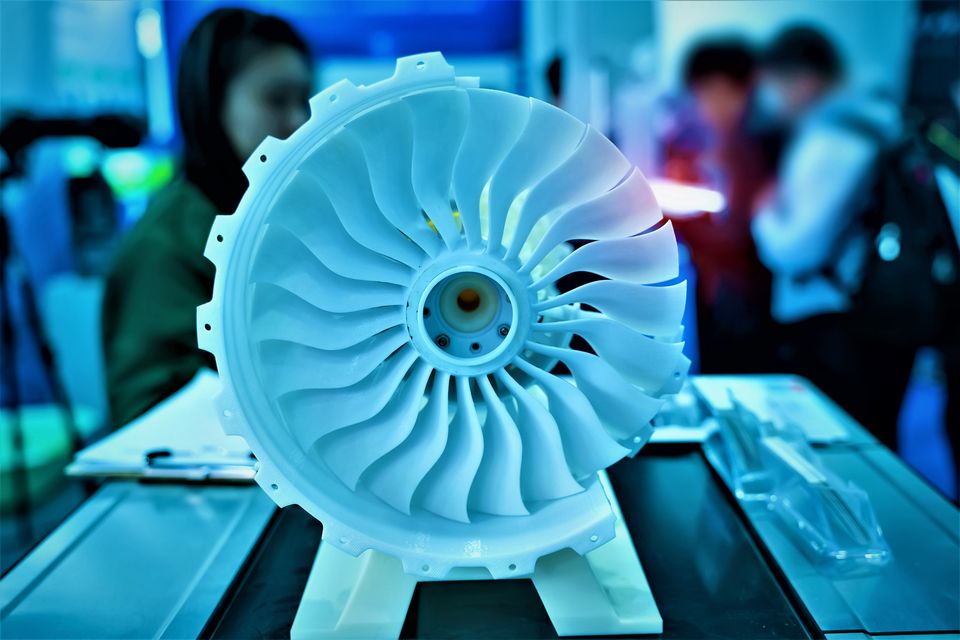
- Multi Jet Fusion PA12
Our Multi Jet Fusion PA12 is a grey plastic. This material is perfect both for prototyping and production and its raw version is clearly the cheapest option you will get! It will allow you to make many iterations at a lower cost. The objects printed with this material are well suited against scratches and abrasion, which could be great to make tests. It is also light stabilized, U.V. stabilized and stable to weather, which is perfect if you need to make an experiment in outdoor conditions.
- Prototyping resin
This resin is specifically developed to prototypes and is well suited for non-functional prototypes. Indeed, if you need to manufacture highly detailed parts this material will be the perfect option. Prototyping resin offers a smooth surface finish, quite similar to objects manufactured using plastic injection molding. This resin is 3D printed using the Stereolithography (SLA) process.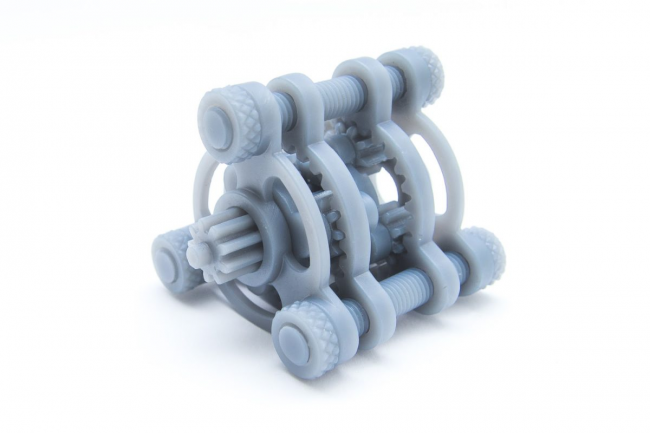
- PLA
Fused Deposition Modeling techniques are particularly useful in the development of prototypes. Using this option, you will not get the most detailed prototypes. However, for some oversized project, this technique can be interesting. Indeed, at Sculpteo, we are using BigRep 3D printers to 3D print our PLA filament, allowing to print parts with the maximum size of 1 x 1 x 1 m.
- TPU
You need a really flexible plastic for your 3D printing project? TPU will be the perfect solution for you. This rubber-like material has a high elasticity and a high strength. That could perfectly fit your project if you need something really flexible for fully functional prototypes. As this material creates parts really resistant to stress and fatigue, it can even be used for your final products. Think about it! On our online 3D printing service, you will have the opportunity to choose between two TPU: Ultrasint® TPU01 and Ultrasint® TPU 88A.
- 3D printing metal for your prototypes ?
If you are planning to create 3D printed prototypes with metal materials, you have to know that it is totally possible but that it is not the most economical option for you. However, we recommend you to use our Ultrafuse 316L Stainless Steel if you need to manufacture metal prototypes. This affordable material is printed using FDM technology; it is resistant and can be used to run tests of functional prototypes.
However, we recommend you to use our Ultrafuse 316L Stainless Steel if you need to manufacture metal prototypes. This affordable material is printed using FDM technology; it is resistant and can be used to run tests of functional prototypes.
Binder jetting technology, can also be used to print your prototypes parts, with Steel / Bronze 420SS/BR and Stainless Steel 316.
Keep in mind that Direct Metal Laser Sintering is also used to make prototypes for the aerospace industry using Titanium 6AI-4V but is not a cost-efficient method for prototypes. It’s good to know if you have such projects, but most of the time, plastic will be used as the most convenient material for prototypes.
We hope that this article helped you to understand all the benefits and possibilities offered by additive manufacturing to develop prototypes. Do you have more questions about these materials? Feel free to contact our sales team for more information.
Related Topics
- Return to Top
Get the latest 3D printing news delivered right to your inbox
Subscribe to our weekly newsletter to hear about the latest 3D printing technologies, applications, materials, and software.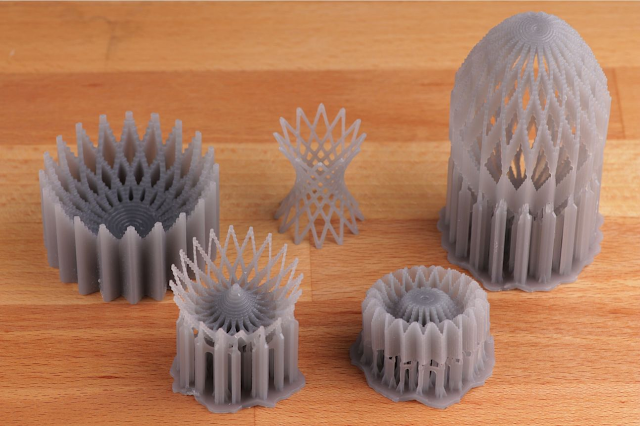
Metal 3D Printing Service for Custom Parts
Back
-
Materials
Materials by Service
Injection MoldingCNC Machining3D PrintingSheet Metal
Materials by Type
PlasticsMetalsElastomers
Related Links
Customer Supplied ResinsColors
Injection Molding Material Alternatives Guide
Struggling with thermoplastic material shortages? We created a detailed guide to resin substitutes for ABS, PC, PP, and other commonly molded thermoplastics.
Download
-
Resources
Design Tips Guides and Trend Reports Case Studies Design Aids Webinars and Trade Shows
Blog Videos FAQs Educators and Students Glossary
Industries Medical Aerospace Automotive Consumer Electronics Industrial Equipment
-
About Us
Who We Are Why Protolabs? Research and Development Cool Idea Award Partnerships Sustainability and Social Impact
Careers Investors Locations Press Procurement
Contact Us
Proto Labs, Inc.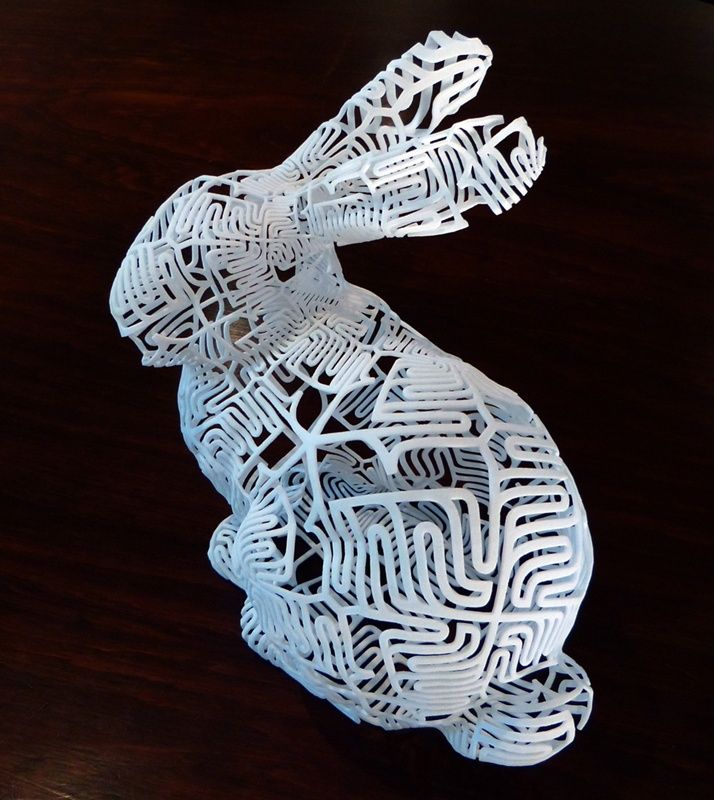
5540 Pioneer Creek Dr.
Maple Plain, MN 55359
United StatesP: 877.479.3680
F: 763.479.2679
E: [email protected]Best-in-Class Online Quoting
After uploading your part design, you'll receive an online quote that includes manufacturing analysis to help improve part manufacturability. Within your quote, you can also adjust quantity and material and see price changes in real-time.
Learn More
Get a QuoteSign In
Get quality metal 3D-printed prototypes and production parts. Request an online quote today.
GET METAL PARTS
Certifications
ISO 9001:2015 | AS9100D | ITAR Registered
Jump to Section→ Capabilities
→ Available Alloys
→ Compare Material Properties
→ Surface Finishes
→ Post-Processing
→ Why Metal 3D Printing?
Direct metal laser sintering (DMLS) is an industrial metal 3D printing process that builds fully functional metal prototypes and production parts in 7 days or less. A range of metals produce final parts that can be used for end-use applications.
A range of metals produce final parts that can be used for end-use applications.
Metal 3D printing technology is commonly used for:
- Prototyping in production-grade materials
- Complex geometries
- Functional, end-use parts
- Reducing metal components in an assembly
We hope you find this guide helpful. If the file did not download, you can find it here.
Metal 3D Printing Guide
Jump start your metal 3D printing with this guide that covers material selection, design, post-processing, and quality inspections.
United States of AmericaAfghanistanÅland IslandsAlbaniaAlgeriaAmerican SamoaAndorraAngolaAnguillaAntarcticaAntigua and BarbudaArgentinaArmeniaArubaAustraliaAustriaAzerbaijanBahamasBahrainBangladeshBarbadosBelarusBelgiumBelizeBeninBermudaBhutanBolivia, Plurinational State ofBonaire, Sint Eustatius and SabaBosnia and HerzegovinaBotswanaBouvet IslandBrazilBritish Indian Ocean TerritoryBrunei DarussalamBulgariaBurkina FasoBurundiCambodiaCameroonCanadaCape VerdeCayman IslandsCentral African RepublicChadChileChinaChristmas IslandCocos (Keeling) IslandsColombiaComorosCongoCongo, the Democratic Republic of theCook IslandsCosta RicaCôte d'IvoireCroatiaCubaCuraçaoCyprusCzech RepublicDenmarkDjiboutiDominicaDominican RepublicEcuadorEgyptEl SalvadorEquatorial GuineaEritreaEstoniaEthiopiaFalkland Islands (Malvinas)Faroe IslandsFijiFinlandFranceFrench GuianaFrench PolynesiaFrench Southern TerritoriesGabonGambiaGeorgiaGermanyGhanaGibraltarGreeceGreenlandGrenadaGuadeloupeGuamGuatemalaGuernseyGuineaGuinea-BissauGuyanaHaitiHeard Island and McDonald IslandsHoly See (Vatican City State)HondurasHong KongHungaryIcelandIndiaIndonesiaIran, Islamic Republic ofIraqIrelandIsle of ManIsraelItalyJamaicaJapanJerseyJordanKazakhstanKenyaKiribatiKorea, Democratic People's Republic ofKorea, Republic ofKuwaitKyrgyzstanLao People's Democratic RepublicLatviaLebanonLesothoLiberiaLibyaLiechtensteinLithuaniaLuxembourgMacaoMacedonia, the Former Yugoslav Republic ofMadagascarMalawiMalaysiaMaldivesMaliMaltaMarshall IslandsMartiniqueMauritaniaMauritiusMayotteMexicoMicronesia, Federated States ofMoldova, Republic ofMonacoMongoliaMontenegroMontserratMoroccoMozambiqueMyanmarNamibiaNauruNepalNetherlandsNew CaledoniaNew ZealandNicaraguaNigerNigeriaNiueNorfolk IslandNorthern Mariana IslandsNorwayOmanPakistanPalauPalestine, State ofPanamaPapua New GuineaParaguayPeruPhilippinesPitcairnPolandPortugalPuerto RicoQatarRéunionRomaniaRussian FederationRwandaSaint BarthélemySaint Helena, Ascension and Tristan da CunhaSaint Kitts and NevisSaint LuciaSaint Martin (French part)Saint Pierre and MiquelonSaint Vincent and the GrenadinesSamoaSan MarinoSao Tome and PrincipeSaudi ArabiaSenegalSerbiaSeychellesSierra LeoneSingaporeSint Maarten (Dutch part)SlovakiaSloveniaSolomon IslandsSomaliaSouth AfricaSouth Georgia and the South Sandwich IslandsSouth SudanSpainSri LankaSudanSuriNameSvalbard and Jan MayenSwazilandSwedenSwitzerlandSyrian Arab RepublicTaiwan, Province of ChinaTajikistanTanzania, United Republic ofThailandTimor-LesteTogoTokelauTongaTrinidad and TobagoTunisiaTurkeyTurkmenistanTurks and Caicos IslandsTuvaluUgandaUkraineUnited Arab EmiratesUnited KingdomUnited States Minor Outlying IslandsUruguayUzbekistanVanuatuVenezuela, Bolivarian Republic ofViet NamVirgin Islands, BritishVirgin Islands, U. S.Wallis and FutunaWestern SaharaYemenZambiaZimbabwe
S.Wallis and FutunaWestern SaharaYemenZambiaZimbabwe
I agree to receive email messages containing service updates and Design Tips from Protolabs and its affiliates
Metal 3D Printing Capabilities
Our basic guidelines for metal 3D printing include important design considerations to help improve part manufacturability, enhance cosmetic appearance, and reduce overall production time.
Metal 3D Printing Tolerances
For well-designed parts, tolerances of +0.003 in. (0.076mm) plus 0.1% of nominal length can typically be achieved. Note that tolerances may change depending on part geometry.
Max Dimensions
Layer Thickness
Minimum Feature Size
Tolerances
*At this time, Inconel 718 and Aluminum are the only materials available on our large format, X Line machine
Metal 3D Printing Material Options
Below is our available metal alloys for 3D printing.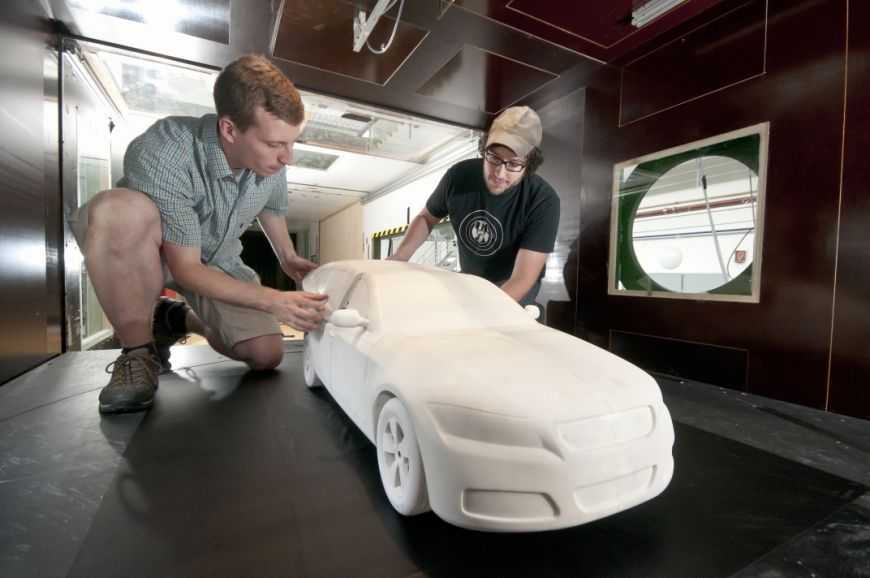 Various heat treatments are available depending on material.
Various heat treatments are available depending on material.
Stainless Steel (17-4 PH)
Stainless Steel 17-4 PH is a precipitation hardened stainless steel that is known for its hardness and corrosion resistance. If needing a stainless steel option, select 17-4 PH for its significantly higher tensile strength and yield strength, but recognize that it has far less elongation at break than 316L. Final parts built 17-4 PH receive vacuum solution heat treatment as well as H900 aging.
Primary Benefits
- Heat treated for full hardness and strength
- Corrosion resistance
LEARN MORE>
Stainless Steel (316L)
Stainless steel 316L is a workhorse material used for manufacturing acid and corrosion resistant parts. Select 316L when stainless steel flexibility is needed; 316L is a more malleable material compared to 17-4 PH. Final parts built in 316L receive stress relief application.
Primary Benefits
- Acid and corrosion resistance
- High ductility
LEARN MORE>
Aluminum (AlSi10Mg)
Aluminum (AlSi10Mg) is comparable to a 3000 series alloy that is used in casting and die casting processes.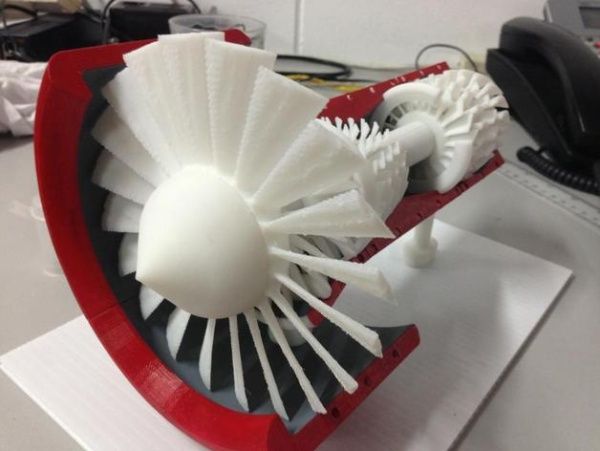 It has good strength -to-weight ratio, high temperature and corrosion resistance, and good fatigue, creep and rupture strength. AlSi10Mg also exhibits thermal and electrical conductivity properties. Final parts built in AlSi10Mg receive stress relief application.
It has good strength -to-weight ratio, high temperature and corrosion resistance, and good fatigue, creep and rupture strength. AlSi10Mg also exhibits thermal and electrical conductivity properties. Final parts built in AlSi10Mg receive stress relief application.
Primary Benefits
- High stiffness and strength relative to weight
- Thermal and electrical conductivity
LEARN MORE>
Inconel 718
Inconel is a high strength, corrosion resistant nickel chromium superalloy ideal for parts that will experience extreme temperatures and mechanical loading. Final parts built in Inconel 718 receive stress relief application. Solution and aging per AMS 5663 is also available to increase tensile strength and hardness.
Primary Benefits
- Oxidation and corrosion resistance
- High performance tensile, fatigue, creep, and rupture strength
LEARN MORE>
Cobalt Chrome (Co28Cr6Mo)
Cobalt Chrome (Co28Cr6Mo) is a superalloy is known for its high strength-to-weight ratio.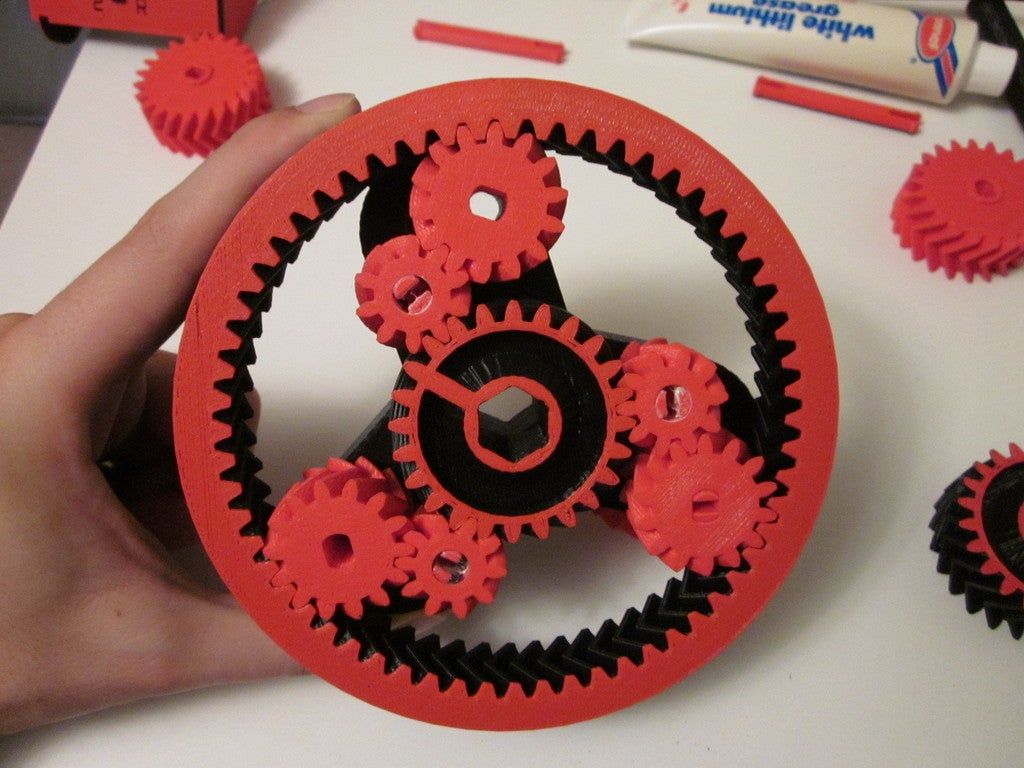
Primary Benefits
- High performance tensile and creep
- Corrosion resistance
LEARN MORE>
Titanium (Ti6Al4V)
Titanium (Ti6Al4V) is a workhorse alloy. Versus Ti grade 23 annealed, the mechanical properties of Ti6Al4V are comparable to wrought titanium for tensile strength, elongation, and hardness. Final parts built in Ti6Al4V receive vacuum stress relief application.
Primary Benefits
- High stiffness and strength relative to weight
- High temperature and corrosion resistance
LEARN MORE>
Compare Material Properties
20 μm = high resolution (HR)
30, 40, and 60 μm = normal resolution (NR)
- US
- Metric
| Materials | Resolution | Condition | Ultimate Tensile Strength (ksi) | Yield Stress (ksi) | Elongation (%) | Hardness |
|---|---|---|---|---|---|---|
| Stainless Steel (17-4 PH) | 20 μm | Solution & Aged (H900) | 199 | 178 | 10 | 42 HRC |
| 30 μm | Solution & Aged (H900) | 198 | 179 | 13 | 42 HRC | |
| Stainless Steel (316L) | 20 μm | Stress Relieved | 82 | 56 | 78 | 90 HRB |
| 30 μm | Stress Relieved | 85 | 55 | 75 | 88 HRB | |
| Aluminum (AlSi10Mg) | 20 μm | Stress Relieved | 39 | 26 | 15 | 42 HRB |
| 30 μm | Stress Relieved | 50 | 33 | 8 | 59 HRB | |
| 40 μm | Stress Relieved | 43 | 27 | 10 | 50 HRB | |
| Cobalt Chrome (Co28Cr6Mo) | 20 μm | As Built | 182 | 112 | 17 | 39 HRC |
| 30 μm | As Built | 176 | 119 | 14 | 38 HRC | |
| Inconel 718 | 20 μm | Stress Relieved | 143 | 98 | 36 | 33 HRC |
| 30 μm | Stress Relieved | 144 | 91 | 39 | 30 HRC | |
| 30 μm | Solution & Aged per AMS 5663 | 208 | 175 | 18 | 46 HRC | |
| 60 μm | Stress Relieved | 139 | 83 | 40 | 27 HRC | |
| 60 μm | Solution & Aged per AMS 5663 | 201 | 174 | 19 | 45 HRC | |
| Titanium (Ti6Al4V) | 20 μm | Stress Relieved | 153 | 138 | 15 | 35 HRC |
| 30 μm | Stress Relieved | 144 | 124 | 18 | 33 HRC |
| Materials | Resolution | Condition | Ultimate Tensile Strength (MPa) | Yield Stress (MPa) | Elongation (%) | Hardness |
|---|---|---|---|---|---|---|
| Stainless Steel (17-4 PH) | 20 μm | Solution & Aged (H900) | 1,372 | 1,227 | 10 | 42 HRC |
| 30 μm | Solution & Aged (H900) | 1,365 | 1,234 | 13 | 42 HRC | |
| Stainless Steel (316L) | 20 μm | Stress Relieved | 565 | 386 | 78 | 90 HRB |
| 30 μm | Stress Relieved | 586 | 379 | 75 | 88 HRB | |
| Aluminum (AlSi10Mg) | 20 μm | Stress Relieved | 268 | 180 | 15 | 46 HRB |
| 30 μm | Stress Relieved | 345 | 228 | 8 | 59 HRB | |
| 40 μm | Stress Relieved | 296 | 186 | 10 | 50 HRB | |
| Cobalt Chrome (Co28Cr6Mo) | 20 μm | As Built | 1255 | 772 | 17 | 39 HRC |
| 30 μm | As Built | 1213 | 820 | 14 | 38 HRC | |
| Copper (CuNi2SiCr) | 20 μm | Precipitation Hardened | 496 | 434 | 23 | 87 HRB |
| Inconel 718 | 20 μm | Stress Relieved | 986 | 676 | 36 | 33 HRC |
| 30 μm | Stress Relieved | 993 | 627 | 39 | 30 HRC | |
| 30 μm | Solution & Aged per AMS 5663 | 1434 | 1207 | 18 | 46 HRC | |
| 60 μm | Stress Relieved | 958 | 572 | 40 | 27 HRC | |
| 60 μm | Solution & Aged per AMS 5663 | 1386 | 1200 | 19 | 45 HRC | |
| Titanium (Ti6Al4V) | 20 μm | Stress Relieved | 1055 | 951 | 15 | 35 HRC |
| 30 μm | Stress Relieved | 993 | 855 | 18 | 33 HRC |
These figures are approximate and dependent on a number of factors, including but not limited to, machine and process parameters. The information provided is therefore not binding and not deemed to be certified. When performance is critical, also consider independent lab testing of additive materials or final parts.
The information provided is therefore not binding and not deemed to be certified. When performance is critical, also consider independent lab testing of additive materials or final parts.
Surface Finish Options
Standard Finish
Expect roughness values of 200 to 400 µin Ra (0.005 to 0.010mm Ra), depending on material and resolution. Support structures are removed and layer lines are visible.
Custom Finish
We offer brushed surfaces in a range of grits and polished mirror finishes. Be sure to indicate if the custom surface finish is for functional or aesthetic purposes so we can best consult you on our custom options.
Post-Processing Capabilities for Metal 3D-Printed Parts
Improve strength, dimensional accuracy, and cosmetic appearance of final metal components with DMLS for production.
Surface Finishing
- 3- and 5-axis milling
- Turning
- Polish (Mirror or Brushed)
- Passivation
- Wire EDM
- Tapping and reaming
Heat Treatments
- Stress relief
- NADCAP heat treatment
- Hot isostatic pressing (HIP)
- Solution annealing
- Aging
Mechanical Testing
- Tensile
- Rockwell Hardness
Powder Analysis & Material
- Traceability
- Chemistry
- Particle size and distribution analysis
Why Use Metal 3D Printing?
See how metal additive manufacturing technology can be used to reduce components within an assembly, fabricate complex geometries, and ultimately save you time and costs.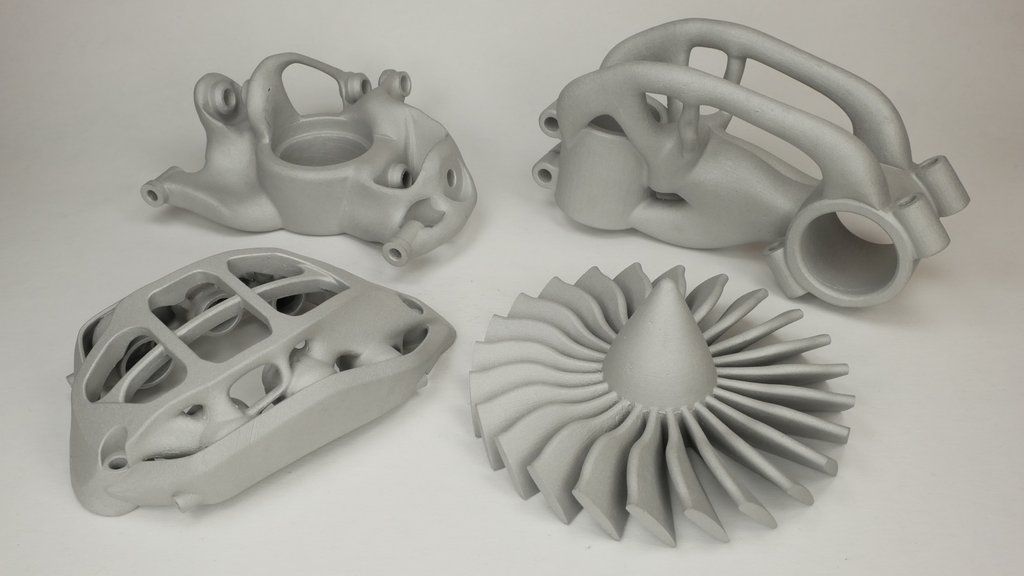
Click to enlarge
How Does Metal 3D Printing Work?
The DMLS machine begins sintering each layer—first the support structures to the base plate, then the part itself—with a laser aimed onto a bed of metallic powder. After a cross-section layer of powder is micro-welded, the build platform shifts down and a recoater blade moves across the platform to deposit the next layer of powder into an inert build chamber. The process is repeated layer by layer until the build is complete.
When the build finishes, an initial brushing is manually administered to parts to remove a majority of loose powder, followed by the appropriate heat-treat cycle while still fixtured in the support systems to relieve any stresses. Parts are removed from the platform and support structures are removed from the parts, then finished with any needed bead blasting and deburring. Final DMLS parts are near 100 percent dense.
Large Format Metal 3D Printing
We recently added the GE Additive X Line to our fleet of metal 3D printers to build large Inconel 718 and Aluminum (AlSi10Mg) parts.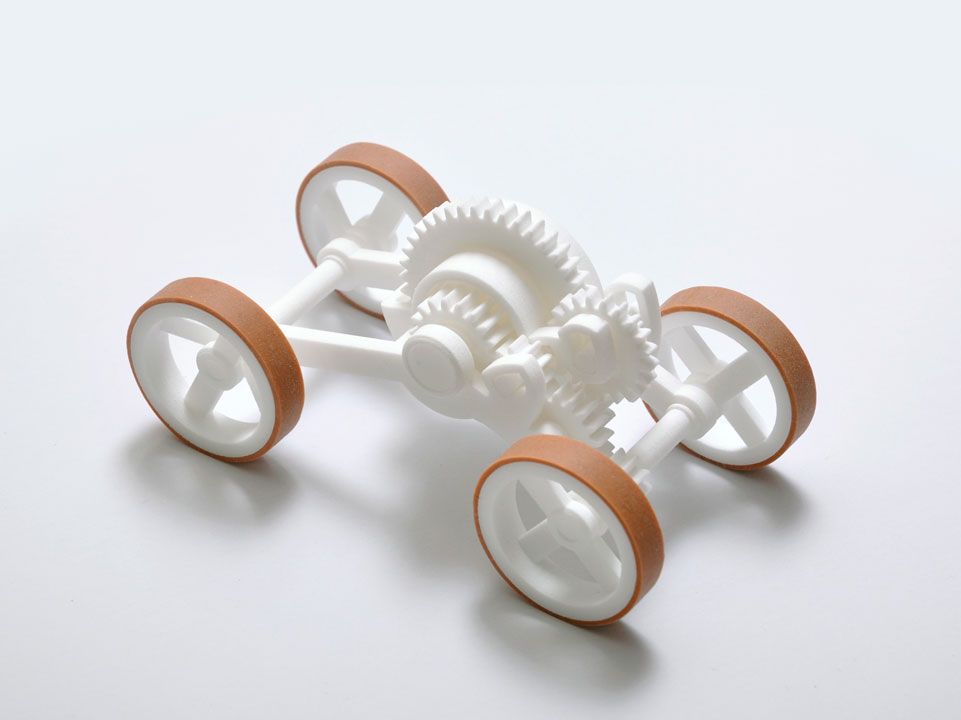 Have a project that might be a good fit? Contact us and we can discuss your requirements.
Have a project that might be a good fit? Contact us and we can discuss your requirements.
Learn More >
Metal 3D Printing for Production
Improve strength, dimensional accuracy, and cosmetic appearance for end-use metal components with post-processing options like CNC machining and heat treatments.
Learn More >
Resources
Post-Processing for Metal 3D Printing
Learn how to improve dimensional accuracy, surface roughness, and mechanical properties on metal parts with high-requirement applications.
Read Design Tip
Combining Part Assemblies with Additive Manufacturing to Reduce Cost and Increase Performance
How to find the right opportunities to consolidate multi-part assemblies into single components with industrial 3D printing
Read White Paper
Inconel 718: A Workhorse Material for Additive Manufacturing
Inconel 718 is a go-to material for additive manufacturing of metal parts.
Read Blog
Large Format 3D Printing for Aluminum and Inconel Parts
When you’re printing really large parts in metal, it’s great to have a choice of materials. Aluminum and Inconel 718 both make a lot of sense, but which one is the best for your application?
Read Blog
Instant quotes on 3D-printed parts
Get A Quote 90,000 3D-printing prototypes for functional tests 3D printing of prototypes for functional testsSupplier 3D equipment since 2010
9000 +7 495 646-15-333D-scanners 3D-printer-service providing services for company clients and projects of the democum-premium of Blog
Contacts
Testing product prototypes, individual components and parts is the most important part of any production chain. With 3D printing, you can quickly obtain high-precision and low-cost samples of future products for various tests and tests. nine0003
nine0003
Which tests can you carry out on the received products:
- check the assembly for assembly;
- study the behavior of various materials in the working environment;
- test new design solutions;
- to check strength, wear resistance;
- blow through objects in a wind tunnel.
Which tests can you carry out on the received products:
- check the assembly for assembly; nine0018
- study the behavior of various materials in the working environment;
- test new design solutions;
- to check strength, wear resistance;
- blow through objects in a wind tunnel.
Benefits of functional prototyping with 3D printing
- Speed. You don't have to wait weeks for contractors to build a prototype for you.
- High precision.
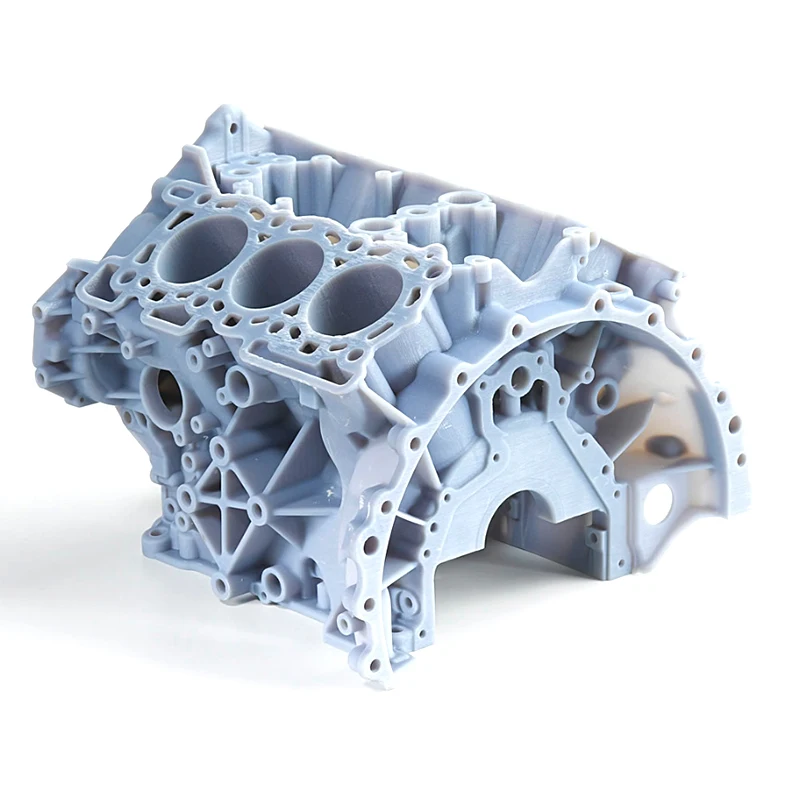 Test samples match your CAD model to within 15-20 microns. nine0018
Test samples match your CAD model to within 15-20 microns. nine0018 - Low cost.
- Equipment versatility. With the help of 3D printing, you can get not only prototypes for tests, but also solve other production problems.
- Information security. Your know-how will not get to competitors if third-party contractors are not involved in the production chain.
Example: 3D printing for Nascar racing engines
The Ford Nascar racing team is actively using 3D printers to redesign and test new engine, exhaust and fuel system components. nine0003
Thanks to 3D printing, our engineers have the unique ability to quickly get full-fledged prototypes of their designs, test them, make changes and implement them in our machines. This allows us to change the characteristics of cars incredibly quickly and prepare for the race.
Victor Martinez, Chief Engineer, Ford Team
Benefits of Functional Prototyping with 3D Printing
- Speed.
 You don't have to wait weeks for contractors to build a prototype for you. nine0018
You don't have to wait weeks for contractors to build a prototype for you. nine0018 - High precision. Test samples match your CAD model to within 15-20 microns.
- Low cost.
- Equipment versatility. With the help of 3D printing, you can get not only prototypes for tests, but also solve other production problems.
- Information security. Your know-how will not get to competitors if third-party contractors are not involved in the production chain.
Example: 3D printing for Nascar 9 engines0043
The Ford Nascar racing team is actively using 3D printers to upgrade and test new engine, exhaust and fuel systems.
Thanks to 3D printing, our engineers have the unique ability to quickly get full-fledged prototypes of their designs, test them, make changes and implement them in our machines. This allows us to change the characteristics of cars incredibly quickly and prepare for the race.
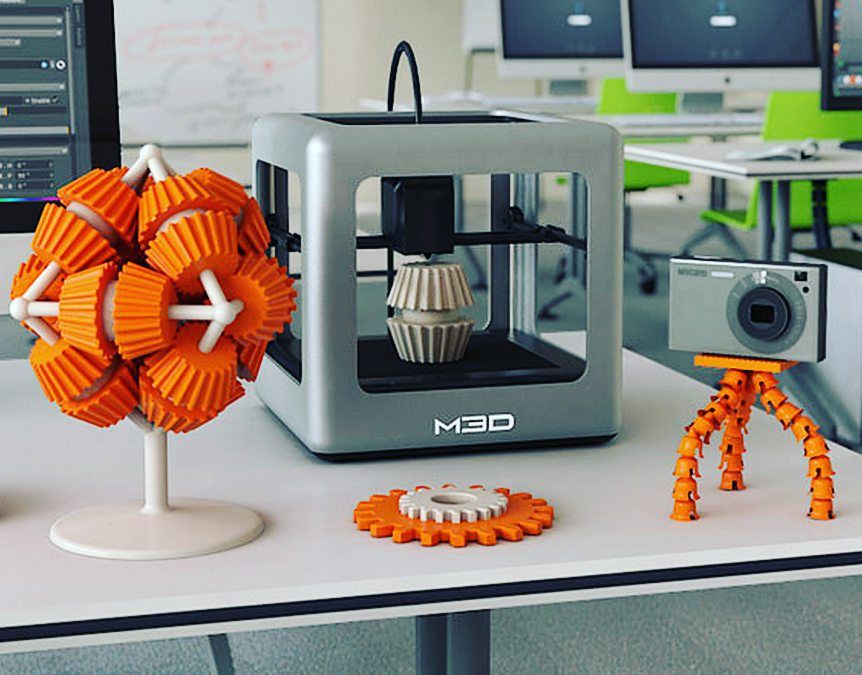
Victor Martinez, Ford 9 Team Chief Engineer0066
Example: 3D repair of a prototype of the step motor for conducting tests
Example: 3D-tobate a prototype of the step motor for conducting tests
3D-printers for printing functional models
Stratasys F370
9 9000 9000 -Z AnyForm 650 PRO
3DLAM Mid
0106
3DLAM MID
UnionTech RSPRO 800
- +7 495 646-15-33
- construction, architecture;
- electronics, instrumentation;
- mechanical engineering; nine0018
- aviation, space industry;
- medicine, dentistry;
- education;
- design, media.
- Industrial - for production needs, reconstruction, repairs.
- Architectural - models of houses, premises and even cities.
- Transport - samples of all types of vehicles.
- SLA
- FDM
- CJP
- MJM
- development of a model on a computer using specialized software;
- production of a master model using 3D printing technology; nine0018
- testing in accordance with the customer's goals;
- revision, correction when deficiencies are identified;
- launch of serial production.
[email protected] 9000–2022, Globatek JSC (Globatek JSC). All rights reserved.
Privacy policy and personal data processingPrices on the site are for reference only. Not an offer.
3D prototyping (3D prototyping)
What is 3D prototyping
This is the process of building a real physical object based on its digital model. Modeling is performed using specialized software, and the prototype itself is created on its basis, using 3D printing.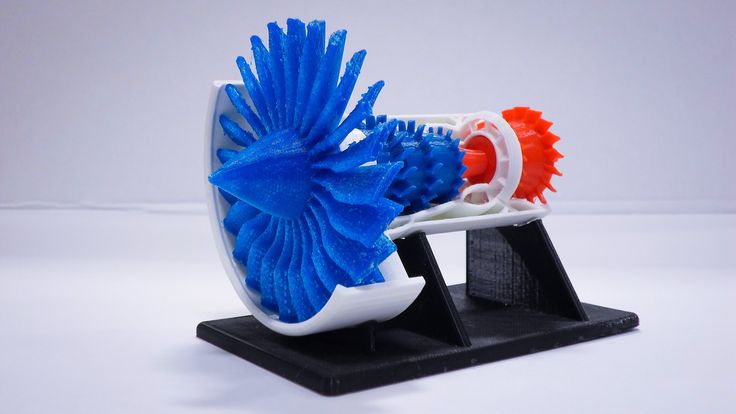
Applications
The technology is often used in the following industries:
Plastic samples are made for preliminary testing of the parameters and characteristics of industrial products, spare parts for equipment, etc. Another technology is needed for the production of discontinued parts. With its help, it is much easier to achieve any physical and mechanical properties and implement innovative ideas. nine0003
Species
There are three types of prototyping:
Demonstration layouts can be classified into a separate category.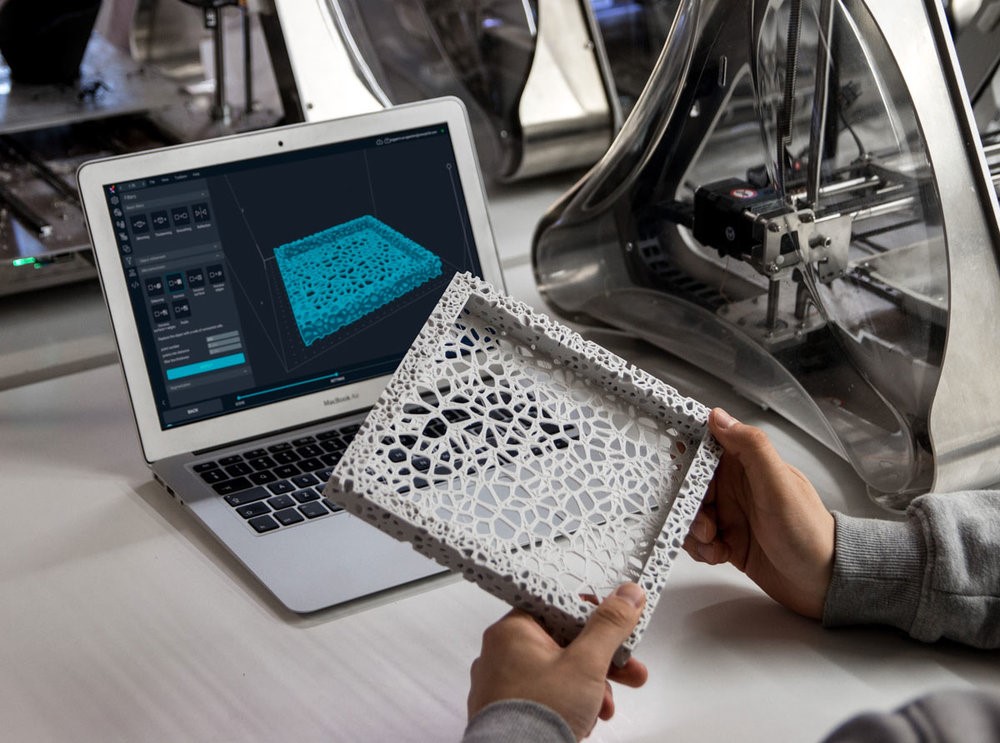
What is prototyping like
Rapid prototyping is based on the creation of a product based on its digital 3D sample. To get the product, the 3D printing method is used: nine0003
With SLA, or laser stereolithography, the sequential construction of layers is carried out from liquid photopolymers. The material hardens under the influence of a laser beam. The technique allows you to accurately model a product of complex shape and large dimensions, to achieve its high strength. Samples are obtained as close as possible to the layout and do not need complex “finishing”.
FDM (Fusion Deposition Method) is used to achieve ultra-accurate digital image transmission. Molten thermoplastic is applied in layers along the layout outlines. The main advantages of the method are manufacturing accuracy, inexpensive consumables, budget equipment.
Color Jet Printing technology involves making a sample from gypsum powder and a binder.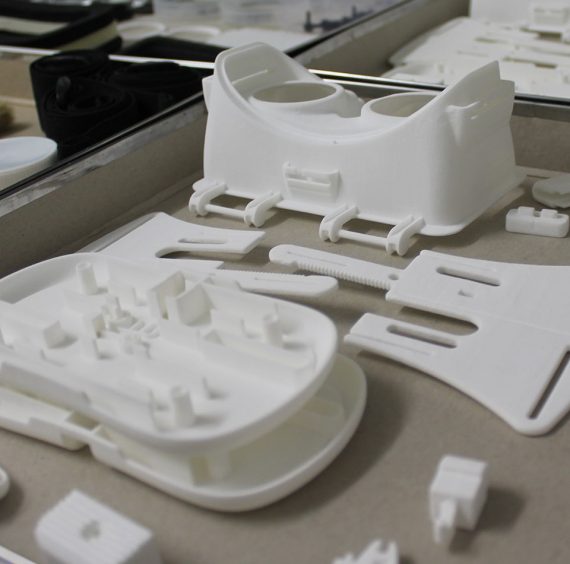 The material is glued together in layers, forming an object. The advantages of the method are speed, low price, the ability to "play" with colors and textures. It is used for the production of single copies and small batches. nine0003
The material is glued together in layers, forming an object. The advantages of the method are speed, low price, the ability to "play" with colors and textures. It is used for the production of single copies and small batches. nine0003
In Multi Jet Modeling, products are printed from wax or photopolymer. Layers of material are sequentially applied to the 3D printer building platform through the printheads. The method allows you to simultaneously print several materials that differ in density and viscosity.
Stages of prototyping
3D modeling
It is performed using software for working with three-dimensional graphics.
The object is created on the basis of drawings, sketches, drawings, graphs and other sources of information that can provide information about the requirements for the order.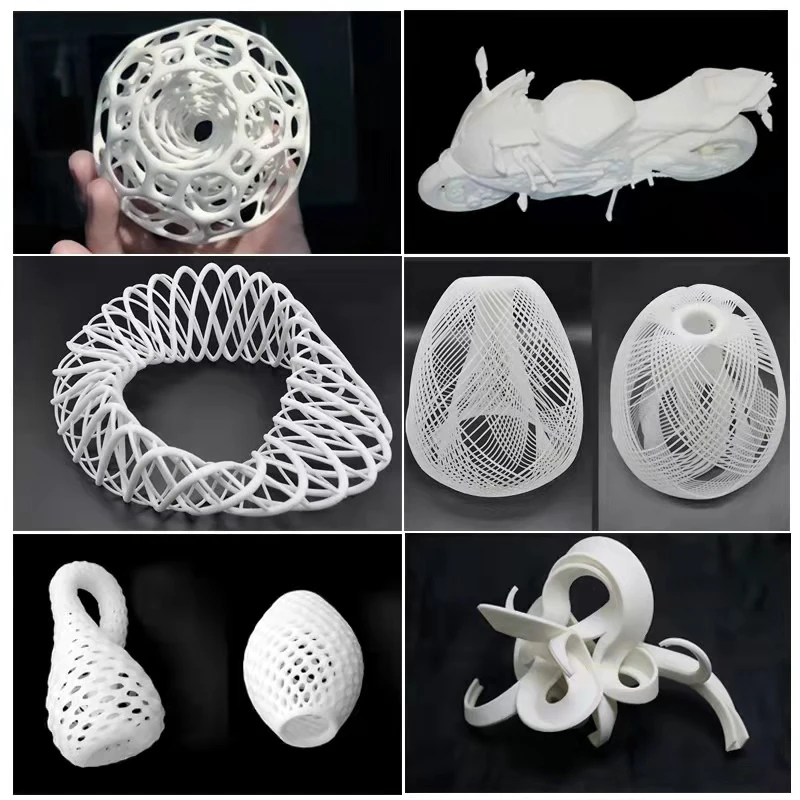 The completed 3D digital object in .stl format is sent to the printing device. nine0003
The completed 3D digital object in .stl format is sent to the printing device. nine0003
Master model
With the help of a printer, a master model is obtained. This is an exact copy of the sample in 1:1 scale. The product can be used as a demonstration sample, as well as for the removal of molds, dies, and the production of castings. At this stage, possible flaws can be identified and corrected.
Testing
At the testing stage, compliance with the characteristics of the finished product is checked. Mass production begins only after confirming the correctness of the shapes, sizes, functionality, and other parameters that are determined by the purpose of the item being created. nine0003
Correction
Deficiencies identified during testing are eliminated during the final adjustment. Changes are made to the digital model, which will be used for mass production.
Prototyping
After completion of testing and refinement, the product is ready for replication.